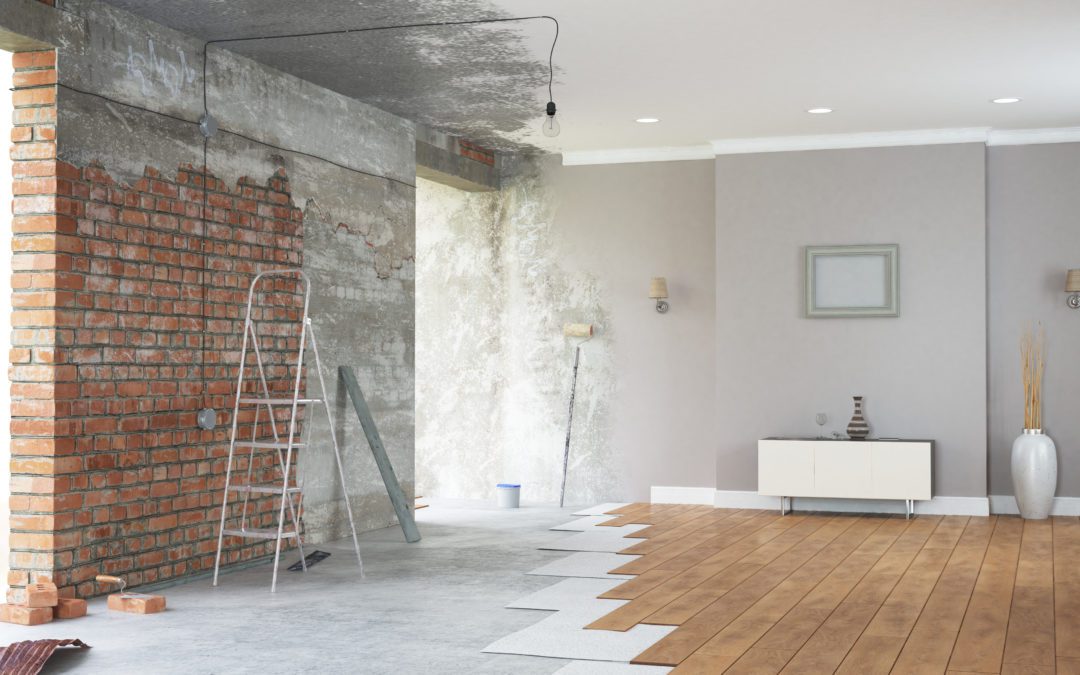Our content manager Christina Neal talks about what it’s like to buy an old Victorian property that needs a bit of work.
I have an unnerving feeling that being the new owner of an old house is going to be a bit of a learning curve. Don’t get me wrong. I love my old Victorian house, but let’s just say it has a few issues. And sadly, it’s not the kind that can be resolved with a bit of therapy. No, it’s more expensive than that. My newly bought house was built in or around 1890 so it’s not surprising it needs some love and tenderness. Among other things, it has excessive damp, and the roof needs some repairs too. The price I paid was carefully negotiated with the vendor to take into consideration the work that needs doing. However, I’ve learned it’s so easy to spend more than you’ve put aside, and even written quotes can take on their own life form when the work starts to happen.
What does that mean exactly? Well, let’s take the damp. It’s not unusual for an old property to have damp. I get that. Our dining room and kitchen both have it. This is partly because the patio in the back garden that backs onto the rear of the kitchen is too high. As a result, we were told we’d have to lower the patio.
Noisy day
The surveyor’s report said that getting the damp resolved was a priority. So the damp proofing specialists started work on Monday. I work from home, so it was a noisy day with lots of drilling. I made endless cups of tea while thanking my lucky stars I didn’t have any Zoom calls with the boss (sorry Monica!). The damp proofing experts left after digging up the patio and applying a damp-proof course to the dining room wall. A few days later, the wall is still drying out. That’s all fairly normal. No nasty surprises there.
While digging up the patio, the damp proofing specialists mentioned that the rendering on the wall at the back of the house above where they were digging was in poor condition. They weren’t wrong. I asked how much it would cost to strip the rendering and replace it, and suddenly my bill had gone up by over £1000. I appreciate that this type of work requires skill, but I must admit I hadn’t budgeted for that much extra. So much for my plans to splash out on a personal trainer to whip my menopausal body into peak condition. Pardon the pun, but I’ll be needing to tighten my belt in future.
In need of some work
My learnings? When buying an older property, you have to be prepared for the fact that the place is going to need some work. It’s going to cost you money. And it’s an inconvenience. Is that what you want? Maybe you do but consider it carefully.
In my case, I was lucky. I had the good fortune to be renting the house I purchased, so I didn’t have to deal with the upheaval of moving. My partner and I have lived in this house for almost four years. We know it well. My partner has a heart condition and didn’t want any more upheaval than necessary. And the cat has made it pretty clear she loves the place. So everyone was happy to stay, knowing there would be noise, disruption, and expense.
That said, along with the convenience of not having to move comes the inconvenience of having to get work done. Drilling, banging, tradespeople to deal with and pay. If you don’t mind those things, and you can see the potential in an older property, then you may find your ideal home. If you don’t want noise and tradespeople in your life, then a newer property that doesn’t need any work may be your best option.
Time and patience
I’m happy with the choice I made. But I know it’s going to take years and patience to get my old house in peak condition. But unlike my wobbly middle-aged belly, it has the potential to look fantastic. It really could be a lovely charming old house. Now if I can just put up with the noise and the reality that everything costs more than predicted because there’ll always be those cheeky little extras, then everything will be just fine…

